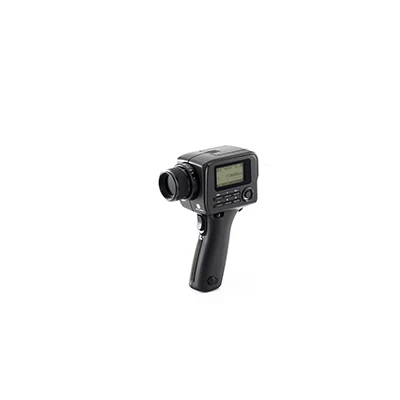Luminance Meter LS-160
The Konica Minolta LS-160 model, which succeeded the LS-110, is a portable and highly accurate spot luminance meter that features a newly improved sensor design that offers a spectral response that closely matches the V(λ) spectral luminous efficiency function of the human eye, enabling measurement results that better correlate with visual evaluation.
The LS-160 comes with an optical system with single lens reflex (SLR) technology that enables accurate targeting capabilities while providing a clear view of the specific measuring area in the viewfinder, even when measurements are taken at very short distances. In addition, it can measure extremely small areas, down to 0.4mm in diameter, with the use of a close-up lens.
The LS-160 features a backlit LCD screen display, ensuring easy readability even in low-light conditions. Additionally, it is equipped with a viewfinder that shows the luminance measurement value. This allows for precise control over the object being measured without the need to move the instrument away from the eye. The LS-160 is equipped with an automatic mode that adjusts the measurement time based on the brightness of the target. Additionally, it features a neutral density eyepiece filter, ensuring both comfort and safety when measuring exceptionally bright light sources.
With a wide luminance measurement range of 0.01 cd/m² to 9,999,000 cd/m², the LS-160 is capable of capturing even the faintest levels of light. It is also equipped with color-correction and calibration functions that enable the selection of a standard luminance and automatically correct any variances detected in specified sources of light.
The LS-160 comes with utility software that enables convenient control of the meter via a PC, a feature that is useful for conducting repeated interval measurements. Additionally, the measurement data can be displayed in the form of graphs or lists and exported to spreadsheet applications. For those seeking enhanced capabilities, optional accessories such as close-up lenses for measuring extremely small areas and an illuminance adapter for illuminance measurement are available for use with the LS-160.





